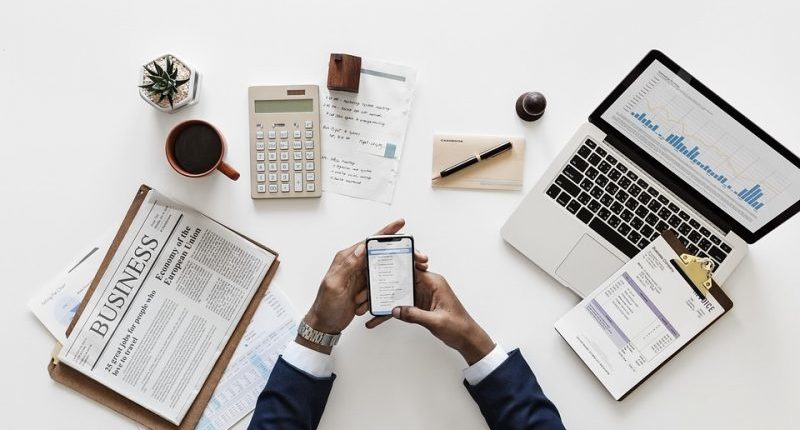e-Invoicing has been made mandatory for businesses with turnover exceeding Rs.500 crore and Rs.100 crore (in any FY from FY 2017-18 onwards) from 1st October 2020 and 1st January 2021 respectively.
Implementing e-invoicing is not optional for businesses falling under the ambit of e-invoicing. If e-invoicing applies to your organisation and hasn’t yet implemented it, you may face penal provisions that may amount to Rs.10,000 per invoice. Besides, incorrect e-invoicing could also result in penalties of up to Rs.25,000.
That is not all. Non-compliance could also impact business continuity for the following reasons:
- Invoices issued by your business without IRNs will be treated as non-issue of invoices under Rule 48(5) of the CGST Rules, and will hence be invalid invoices.
- As the GST returns now get auto-populated from the e-invoice system, your customers’ GSTR-2A and 2B statements will not reflect the Input Tax Credit (ITC) which can be claimed by them.
- Your customers may refuse to accept these invoices and make payments to you, due to the invoices received not being valid tax invoices.
- Your business cannot generate e-way bills without an IRN, as per the latest government regulations.
- Non-generation of e-way bills will impact the movement of goods, and lead to the detention of goods and penalties being levied.
Also Read: Gujarat AAR: Leaving Job Without Serving Notice Period Attracts 18% GST
What is the dynamic QR code for B2C transactions? How is it different from the QR Code on e-invoices?
A QR code, otherwise known as quick response code, contains coded information about an invoice. It is a two-dimensional barcode that can be scanned from any mobile device. A dynamic QR code is editable and allows additional features incorporated such as access management, password protection and device-based redirection. It provides a less dense QR code image, which is more reliable to scan.
As of now, e-invoicing does not apply to B2C invoices. Supplies that are made to unregistered persons are referred to as B2C transactions. If a B2C invoice is sent to the Invoice Registration Portal (IRP), it will be automatically rejected. However, the government has mandated that businesses to whom e-invoicing is applicable will need to generate QR codes on their B2C invoices. The main objective of generating QR codes on B2C e-invoices is to promote payments using UPI mode.
The difference between the QR code on B2B versus B2C invoices is that the QR codes on B2B invoices are generated by the IRP, whereas on B2C invoices, the QR codes need to be self-generated by the taxpayer. The QR code on B2B invoices will contain the GSTIN of the supplier, GSTIN of the recipient, invoice number, date of e-invoice generation, invoice value, number of line items, the HSN Code of the main item and the unique Invoice Reference Number (IRN).
B2C invoices will contain the above details except for the GSTIN of the recipient, as the recipient will be an unregistered person and any e-invoicing related details. Besides, the QR code on B2C invoices will need to include a payment reference link.
For any clarifications/feedback on the topic, please contact the writer at athena.rebello@cleartax.in

I’m a Chartered Accountant by profession and a writer by passion. ClearTax lets me be both. I love travel, hot tubs, and coffee. I believe that life is short, so I always eat dessert first. Wait.. life is also too short to be reading bios… Go read my articles!





